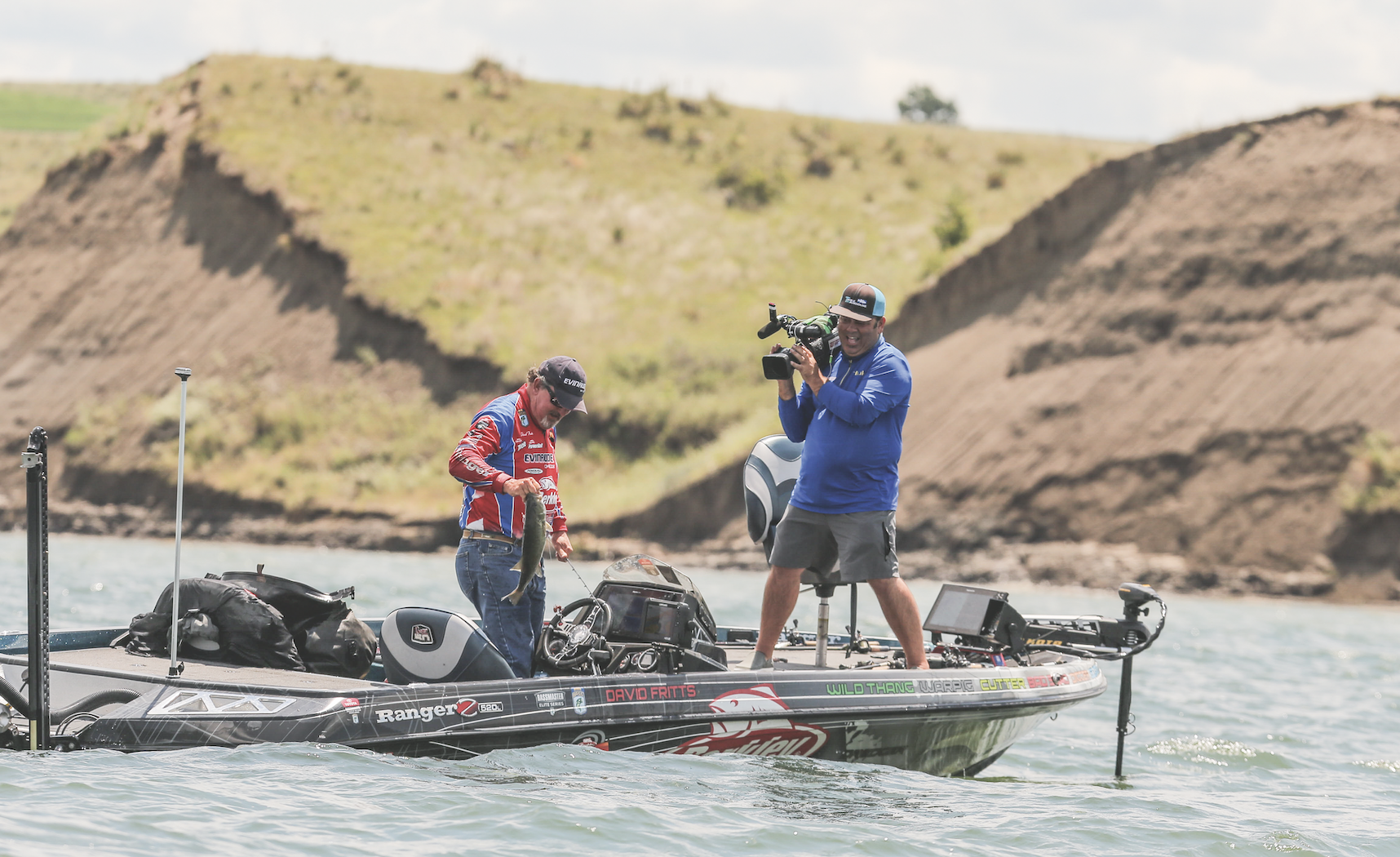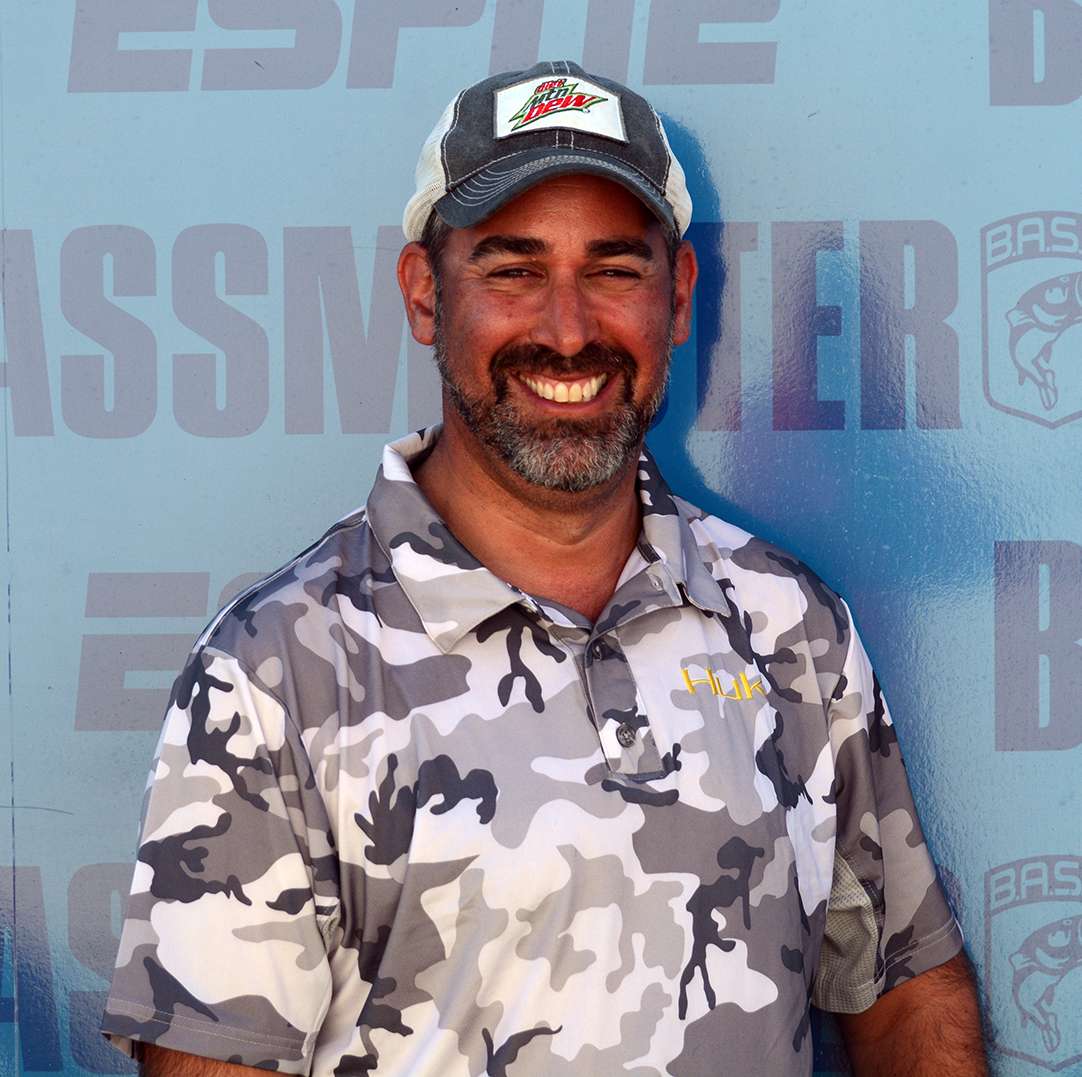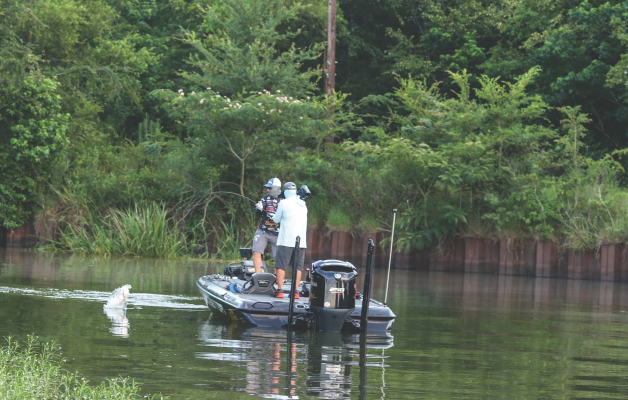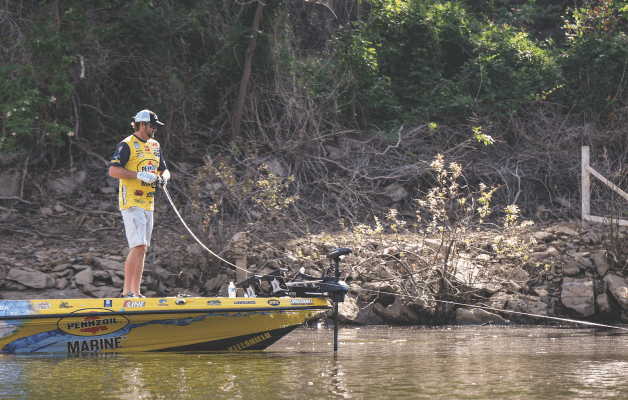
Indiana pro Bill Lowen has earned over a million dollars in B.A.S.S. events, and while soft plastics, swim jigs and other lures have contributed mightily to that total, his bread and butter has always been a shallow-running crankbait.
He’ll chase that bite whenever it’s viable — and even when many others say it’s not — which is why it’s so insane that he’s baffled when forced to take his diving plugs 10 or 15 feet deeper.
“In my whole 13-year career on the Bassmaster Elite Series, I’ve only weighed in one fish on a deep-diving plug,” he said. “And that one was on the corner of some riprap on a bridge, so it might’ve eaten something else.” When he determines that bass are primarily using offshore structure, he’ll “tie it up so people don’t think I’m an idiot.” But his weapons of choice are other options, like a big worm or a football jig. “People have told me, ‘You’ve got the wrong rod,’ but I’ve tried everything and it’s still my biggest weakness.”
Meanwhile, the greatest successes of David Fritts’ career, including a Bassmaster Classic win, have come with diving crankbaits that eclipse the 10-foot mark. Many of them will go past 20 feet on a long cast with the right tackle. Like Lowen, he can go to the other extreme when forced but rarely chooses to do so, assuming that his best chance to win is deep. The lures they’re fishing look similar, with bodies made of wood or plastic, a pair of treble hooks and a bill that forces them to wobble and dive. They’re just operating on different planes, right? Actually, both pros contend they’re almost different sports. It’s not that one of them is playing checkers while the other plays chess, but rather that they’re creating different types of bites.
“Is it the same?” Lowen asked rhetorically of deep vs. shallow cranking. “I hear it is.” Even if they’re in the same ballpark, understanding some key differences will improve your cranking efficiency.





